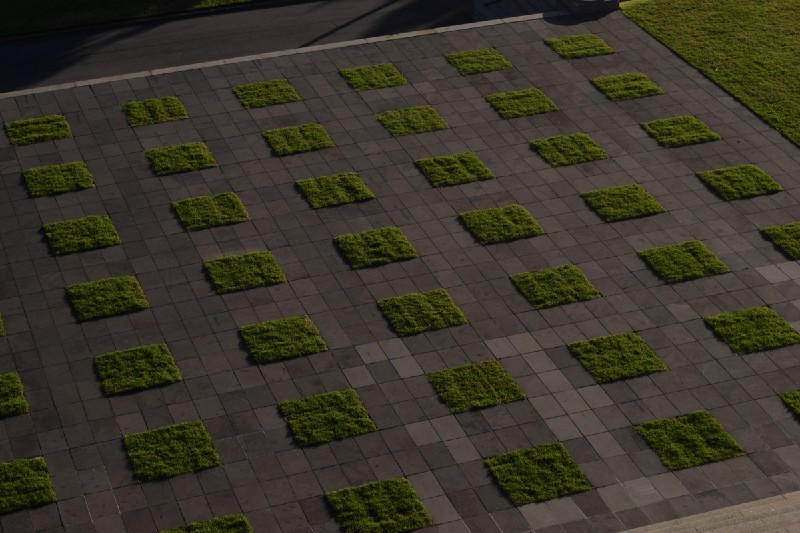As city dwellers, it is safe to say that we spend the vast majority of our time in the built environment. While a weekend ski day, summer camping trip, or even a walk through the Boston Common might make us feel one with nature, we could all do with a little more outdoors. Biophilic architecture focuses on connecting nature to the built environment, particularly emphasizing aspects that contribute to human life and our fundamental need to connect with nature. The goal is to create a habitat that parallels a natural environment and mimics an ecosystem. Not only can this result in beautiful and inviting designs, it can also have a positive impact on mental health and productivity.
In order to influence a space, biophilic design requires multiple strategies including natural light, air flow, presence of water, plants, views of nature, and natural materials and color. While any one of these strategies may result in a beautiful design, true biophilic design uses an intelligent combination of them. By using these strategies, designers can make their audience feel a deeper connection to their origins, which is an experience with numerous benefits.
Biophilic architecture focuses on connecting nature to the built environment, particularly emphasizing aspects that contribute to human life and our fundamental need to connect with nature.
One of the benefits is the effect on mental health. Numerous studies have shown the positive impact nature has on our moods. A 2012 study from Journal of Affective Disorders found that a 50-minute walk in a natural setting boosts mood and short-term memory. Another study from Building and Environment in 2018 had participants experience five minutes of virtual reality featuring biophilic design elements. As a result, the participants experienced lower blood pressure, a decrease in negative emotions, and an increase in positive emotions compared to those experiencing a traditional indoor environment. In addition, experts found that participants experiencing the virtual reality environment reacted similarly to individuals who were actually outside. These results indicate that exposure to nature — even short-term — can have a lasting impact on mood, stress, and memory.
Exposure to nature — even short-term — can have a lasting impact on mood, stress, and memory.
The impact of biophilic design also involves increased productivity. A study from the Journal of Experimental Psychology: Applied found that workers’ well-being increased by 40 percent, and absences decreased, just by adding plants to the office. The average full-time office worker spends 90 percent of the day indoors, and 35 percent spend less than 15 minutes outdoors per day. While building outdoor offices may not be the most practical idea, simply implementing biophilic design elements may result in a more successful and prosperous business.
Although you may not be planning any renovations that include koi ponds or a green roof, there are numerous strategies to effectively incorporate biophilic design into your home. A visual connection with nature may include flowers, plants, or even a fish tank. Non-visual connections can be equally effective, such as with natural air fresheners, open windows, and natural materials like wood and stone. Biophilic design can create a beautiful, inviting space while having a proven impact on mental health.
Journal of Affective Disorders (2012). DOI: https://doi.org/10.1016/j.jad.2012.03.012
Building and Environment (2018). DOI: https://doi.org/10.1016/j.buildenv.2018.01.006
Image credit: Sam Klein

